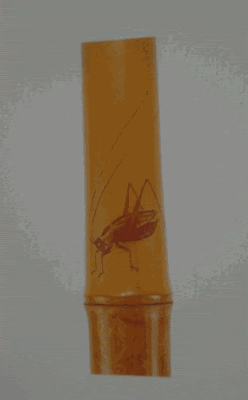Message from
Kiku Day:
Tomorrow, Monday 14 March at 7 am Greenwich Mean Time, the Shakuhachi Distant Healing Group will play for the earthquake victims, their families and friends. You can join us by calculating what time to play - depending on where you are.
The Shakuhachi Distant Healing group plays together and sends out healing every Monday. If you want to join you can email Stephanie Hiller and she will add you to the group. She sends members a list of people to send healing to each week.
Stephanie's email: stephaniehiller9 [at - to be replaced by@] yahoo.co.uk
The Shakuhachi Distant Healing Group founders have written guidelines on how to do the healing. I will paste it below.
I hope as many of you will join!
Message from Stephanie Hiller:
Thanks to those of you who have already contacted me about wishing to join the shakuhachi distant healing group, we welcome new members at any time. The group has been going now for c5 years and we blow every morning (not just on Mondays), with members joining in when they can. If 7am is not practical for you, you can choose to blow at another time.
Please do contact me if you require any further information, or to add names to the list (you do not need to be a healing group member to do this): stephanie hiller9 [at] yahoo.co.uk
_ _ _ _ _ _ _ _ _ _ _ _ _ _ _ _ _ _ _ _ _ _ _ _ _ _ _ _ _ _ _ _ _ _ _ _ _ _ _
Guidelines for Shakuhachi Distant Healing Work
Read the following in full before you begin, going through each step in your mind as you do. It is easier not to follow a list of instructions as you are actually performing the healing, so try to remember the steps as far as possible and don’t worry if you miss some out – getting the main jist is sufficient.
• Make the sure the room you are using is warm and that you are able to sit comfortably and undisturbed for the duration.
• Sit however is comfortable – on a chair, or the floor and have a clock in view.
• Have the list of those to receive healing in front of you where you can easily see it and have your shakuhachi ready on your lap or in front of you.
• Close your eyes and take 3 deep, slow breaths in through the nose and out through the mouth. With each out breath, imagine all tension draining from your body
and sinking into the earth.
• Become aware of the room you are in. Imagine that the room is surrounded by a protective bubble of energy which keeps you safe and separate from the rest of the
world.
• Be aware of yourself at the centre of this bubble, calm, still and focused.
• Reflect on the healing work you are about to do – the sounds you produce set up a vibration in the atmosphere. Your intention will fill these vibrations with healing energy which you will send out through a funnel in the top of your bubble to each of the people on the list.
• When you feel ready, pick up your shakuhachi and take another couple of deep slow breaths to prepare yourself.
• Fingering Ro, as you start to play, imagine you are bringing the sound up from the depths of the earth.
• Bring the sound gradually into being – starting with just the whisper/ suggestion of a note (perhaps breath only with no discernable note).
• Eventually, the note itself will appear and as you play the next note, visualise a funnel opening up the bubble above your head, through which you will send the healing vibrations.
• Now open your eyes gently, just enough to see the names on the healing list, and read each name in your mind as you continue to play.
• As you read each name, visualise the healing sound vibrations travelling through the atmosphere to that person, circling around them, mingling with their energy,
helping them to heal. If you know the reason for their healing request visualise their specific healing taking place.
• When you have worked your way to the bottom of the list, gradually fade the sound away to nothing again and imagine it returning to the earth.
• Place your shakuhachi back down in front of you and start to become gradually aware of your surroundings again.
• Imagine the bubble gradually dispersing into the air. Become aware of the chair or floor beneath you and, when you are ready, slowly open your eyes.
• Spend a few minutes thinking over your experiences and maybe write them up in a shakuhachi healing diary.


















































